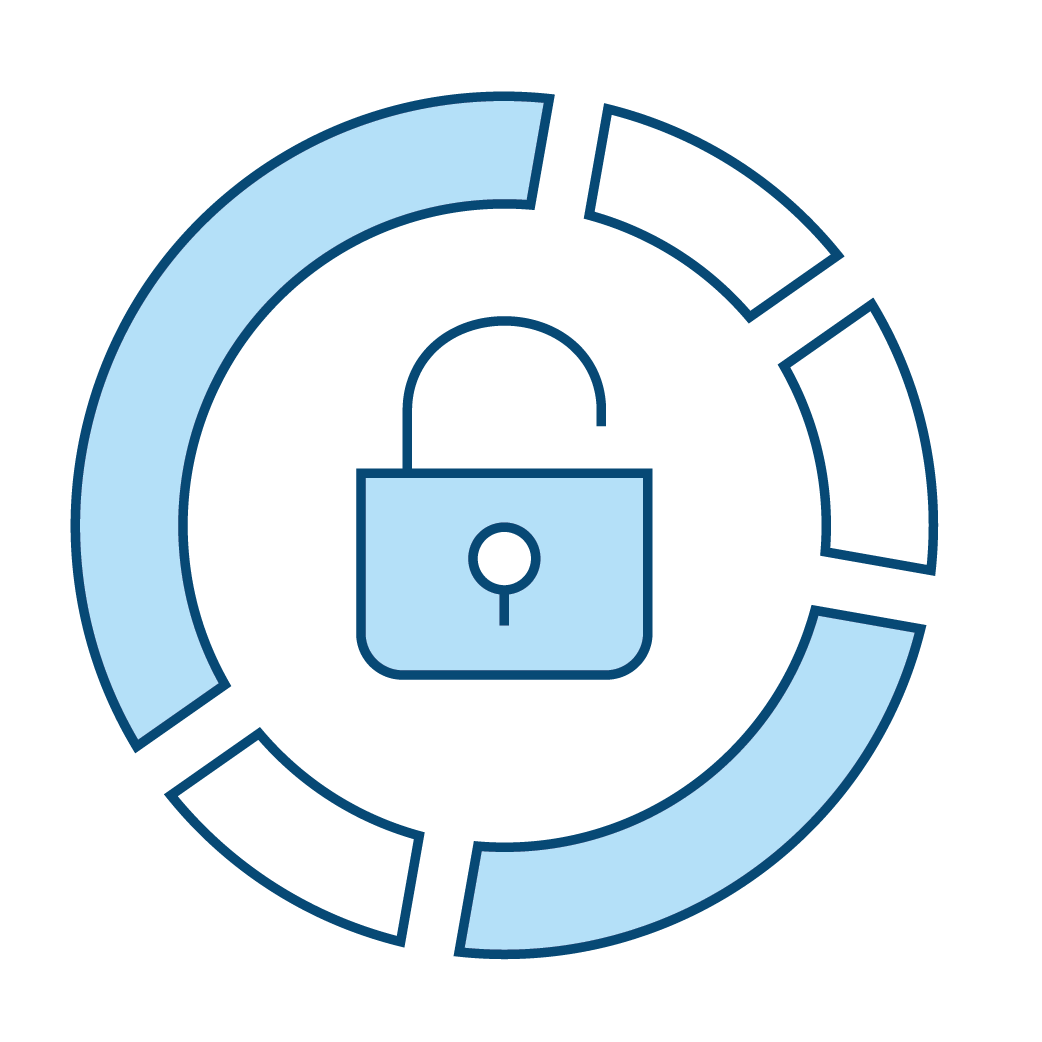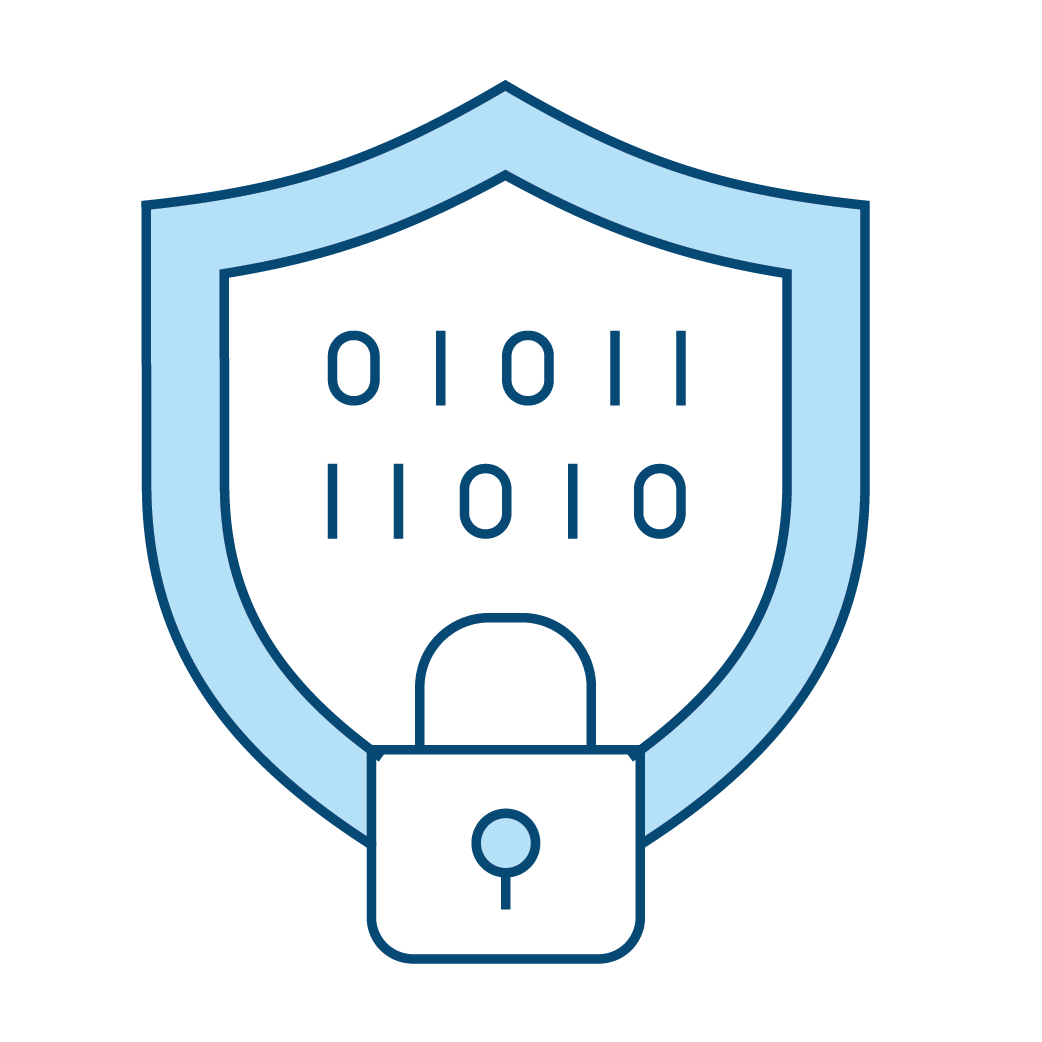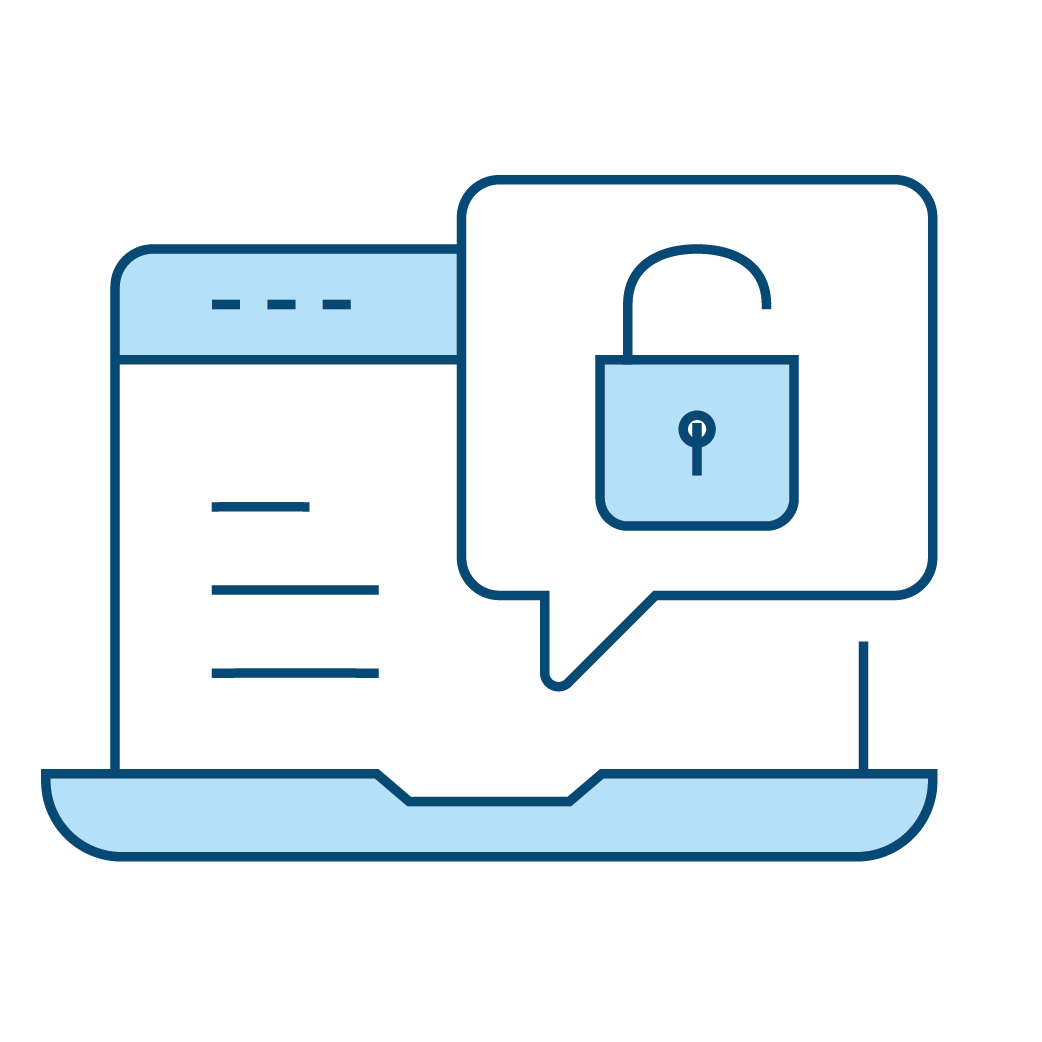Mobile devices have similar security vulnerabilities as your home computer so it is important that you take the steps necessary to protect your device from unauthorized access.
Below are things to consider in protecting your mobile device.
STEPS TO SECURE YOUR MOBILE DEVICE
When choosing a mobile phone, consider its security features
If you back up your phone data to a PC, look for an option to encrypt the backup. All smartphones have a password feature that locks the device until the correct PIN or password is entered. Enable this feature, and choose a reasonably complex password. Enable encryption, remote wipe capabilities, and antivirus software, if available.
Do not follow links sent in suspicious email or text messages. Such links may lead to malicious websites.
Keep operating system and apps up to date
If the vendor releases updates for your device’s operating system, install them as soon as possible. Installing them will prevent attackers from being able to take advantage of known problems or vulnerabilities. The same applies to the applications installed on your device.
Limit exposure of your mobile phone number
Think carefully before posting your mobile phone number to a public website. Attackers can use software to collect mobile phone numbers from the web and then use those numbers to target attacks.
Carefully consider what information you want stored on the device
Remember that with enough time, sophistication, and access to the device, any attacker could obtain your stored information.
Be choosy when selecting and installing apps
Do a little research on apps before installing them. Check what permissions the app requires. If the permissions seem beyond what the app should require, do not install the app; it could be a Trojan horse, carrying malicious code in an attractive package.
Disable interfaces that are not currently in use
Disable Bluetooth, infrared, or Wi-Fi on your device when not in use. Attackers can exploit vulnerabilities in software that use these interfaces.
Set Bluetooth-enabled devices to non-discoverable
When in discoverable mode, your Bluetooth-enabled devices are visible to other nearby devices, which may alert an attacker or infected device to target you. When in non-discoverable mode, your Bluetooth-enabled devices are invisible to other unauthenticated devices.
Avoid joining unknown Wi-Fi networks and using public Wi-Fi hotspots
Attackers can create phony Wi-Fi hotspots designed to attack mobile phones and may patrol public Wi-Fi networks for unsecured devices. Also, enable encryption on your home Wi-Fi network such as WPA2 and 3.
Delete all information stored in a device prior to discarding it
Check the website of the device’s manufacturer for information about securely deleting data. Your mobile phone provider may also have useful information on securely wiping your device.
Be careful when using social networking applications
These apps may reveal more personal information than intended, and to unintended parties. Be especially careful when using services that track your location.
Do not “root” or “jailbreak” the device
Third-party device firmware, which is sometimes used to get access to device features that are locked by default, can contain malicious code or unintentional security vulnerabilities. Altering the firmware could also prevent the device from receiving future operating system updates, which often contain valuable security updates and other feature upgrades.







